Android Central Verdict
The Vivo V25 Pro is a strong challenger to other top-tier mid-range phones despite some software bloat, and it represents a significant upgrade over its predecessor. However, its limited availability is a letdown, especially for consumers who want stellar cameras on a budget.
Pros
- +
Curved glass front adds a premium appearance
- +
Sleek design
- +
Stellar cameras
- +
Reliable overall performance
- +
Beautiful 120Hz screen
- +
Great battery life
Cons
- -
No IP68 dust and water resistance
- -
No wireless charging
- -
Slippery glass back
- -
Poor macro camera
- -
Plastic frame
Why you can trust Android Central
Vivo has made great strides in mobile photography thanks to its partnership with Zeiss for its flagship models, most recently the Vivo X80 series. While its budget line doesn't seem to benefit from that same partnership, the Vivo V25 Pro 5G — its latest budget model alongside the vanilla version — is a solid mid-ranger that exhibits many of the attributes you'd expect from the brand.
Just when you thought the mid-range segment had run out of a great challenger, Vivo manages to stand out from the competition in many ways. The V25 Pro, in particular, has a stylish design like its standard sibling, which is a pleasure to carry around. In addition, Vivo phones often come with some unique camera features not commonly found elsewhere, and the V25 Pro is no different.
While the phone has a few other highlights, such as a super-smooth AMOLED display, there are a few tell-tale drawbacks that hold it back from being an all-around mid-ranger.
Vivo V25 Pro: Price and availability
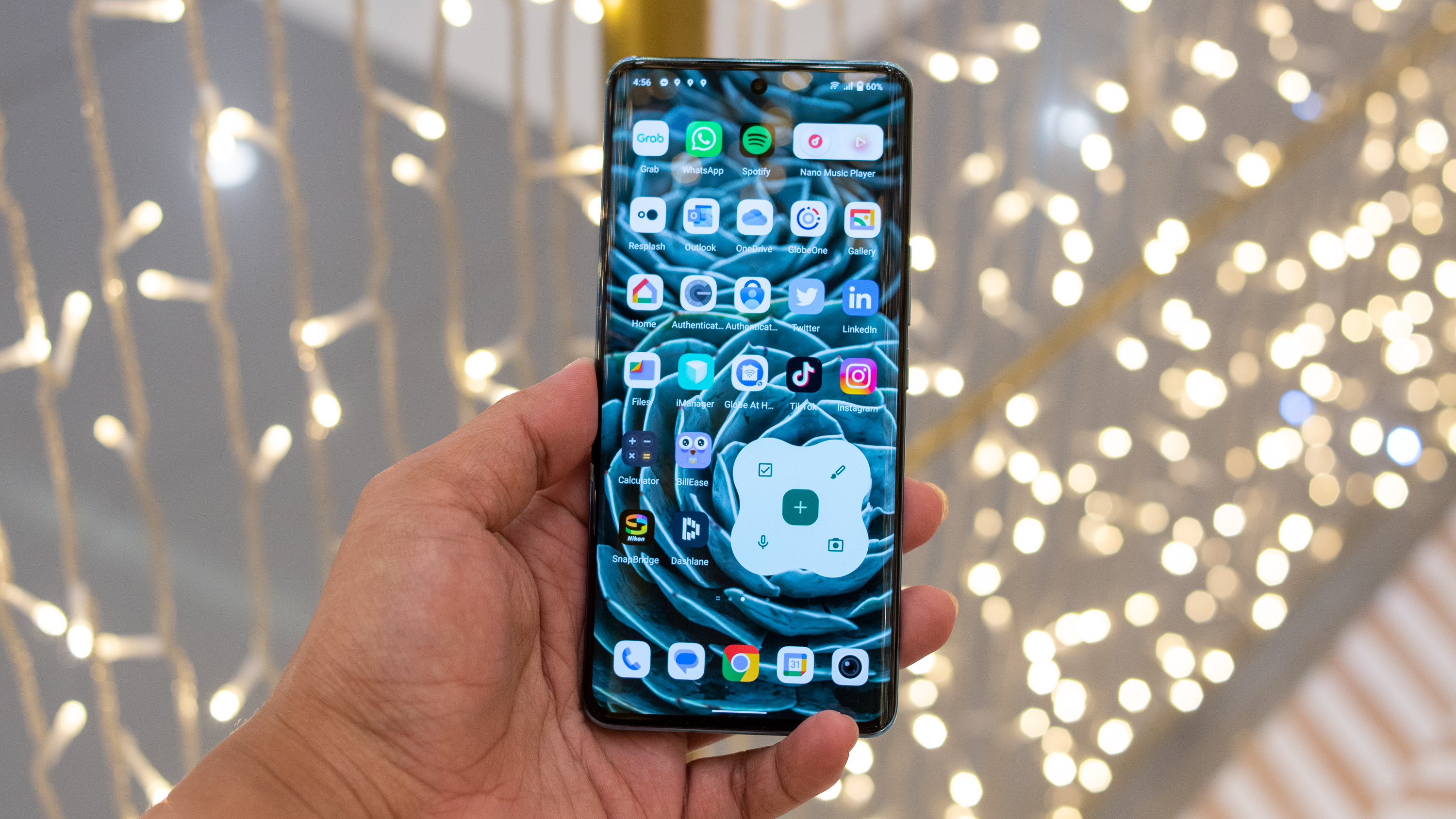
The Vivo V25 Pro is available to purchase in India and Southeast Asian countries. It starts at INR 35,999 (approximately $442) for the 8GB/128GB configuration. You can opt for the higher memory variant of 12GB/256GB, which sets you back INR 39,999 (around $491).
Unfortunately, you can't readily grab the phone via any physical store in the United States or Europe given Vivo's limited presence in these territories.
Vivo V25 Pro: What I like
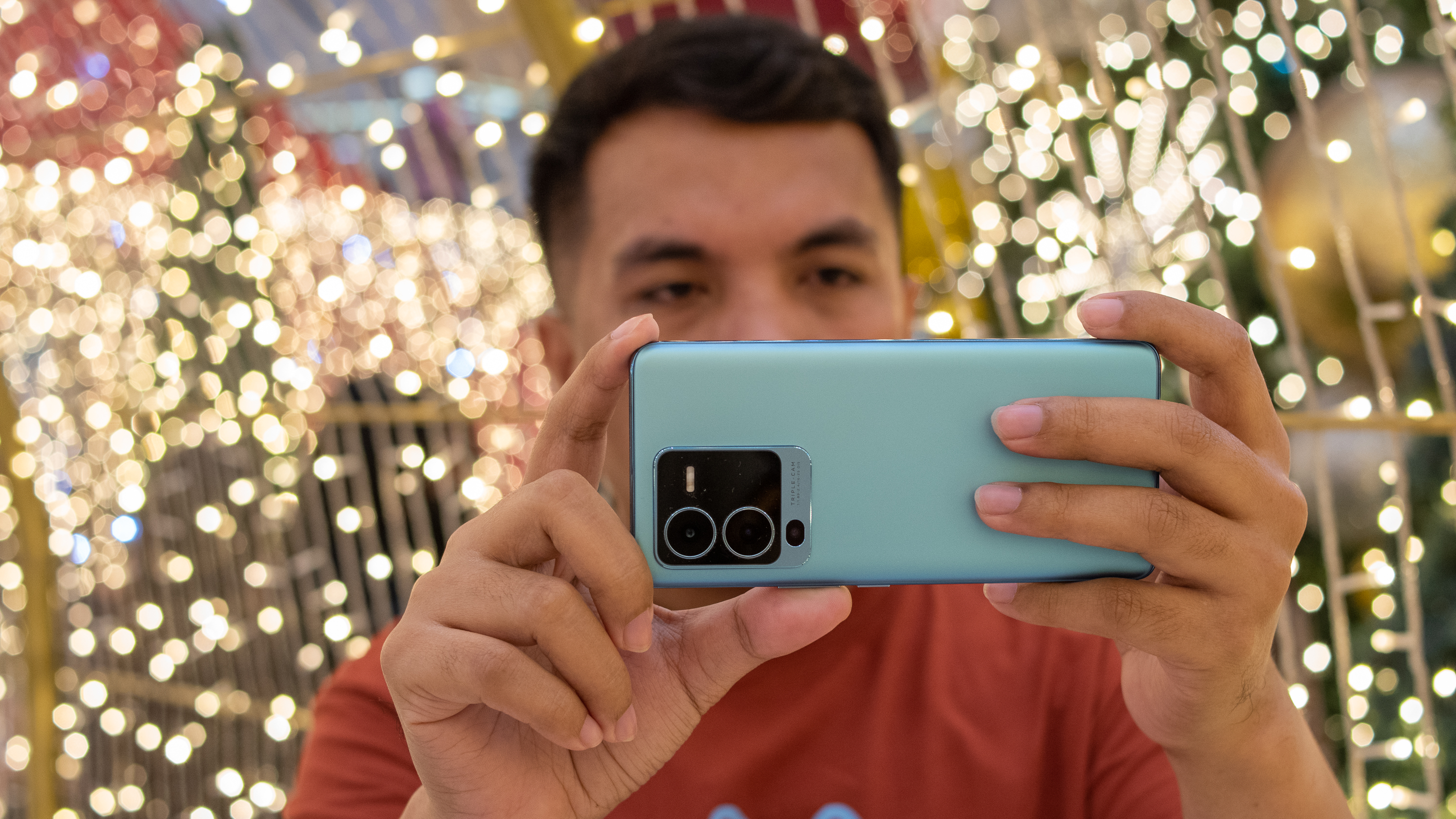
Vivo tweaked the design of the V25 Pro slightly, making it appear less dated than the V23 Pro. It retains the curved back panel of its predecessor, with a flat glass rear panel that changes color when exposed to sunlight, just like the Vivo V25. The screen is also curved around the edges and it looks good. While not unique in any way, the device appears to be modern and expensive.
The Vivo V25 Pro’s back has an unusually rough glass texture. While I prefer the smooth matte finish, this style is still lovely compared to the plastic seen in many of the best cheap Android phones selling for the price point. It's completely impervious to fingerprints, but it's a little slippery in the hand, to the point of accidentally dropping it, as I did once during the two weeks I've been using the device as my daily driver. This is unfortunate, but not a dealbreaker.
The Vivo V25 Pro has a cool take on glass rear panels, and it's unique in this price range.
The fluorite glass rear is one of the phone's main selling points, and for good reason. It provides a fun way of customizing the back panel using stencils or even a SIM card ejector, albeit only temporarily. While it's more gimmicky than practical, it'll make your phone the center of attention on a sunny summer outing with friends. That said, it's a refreshing take on an otherwise bland rear color.
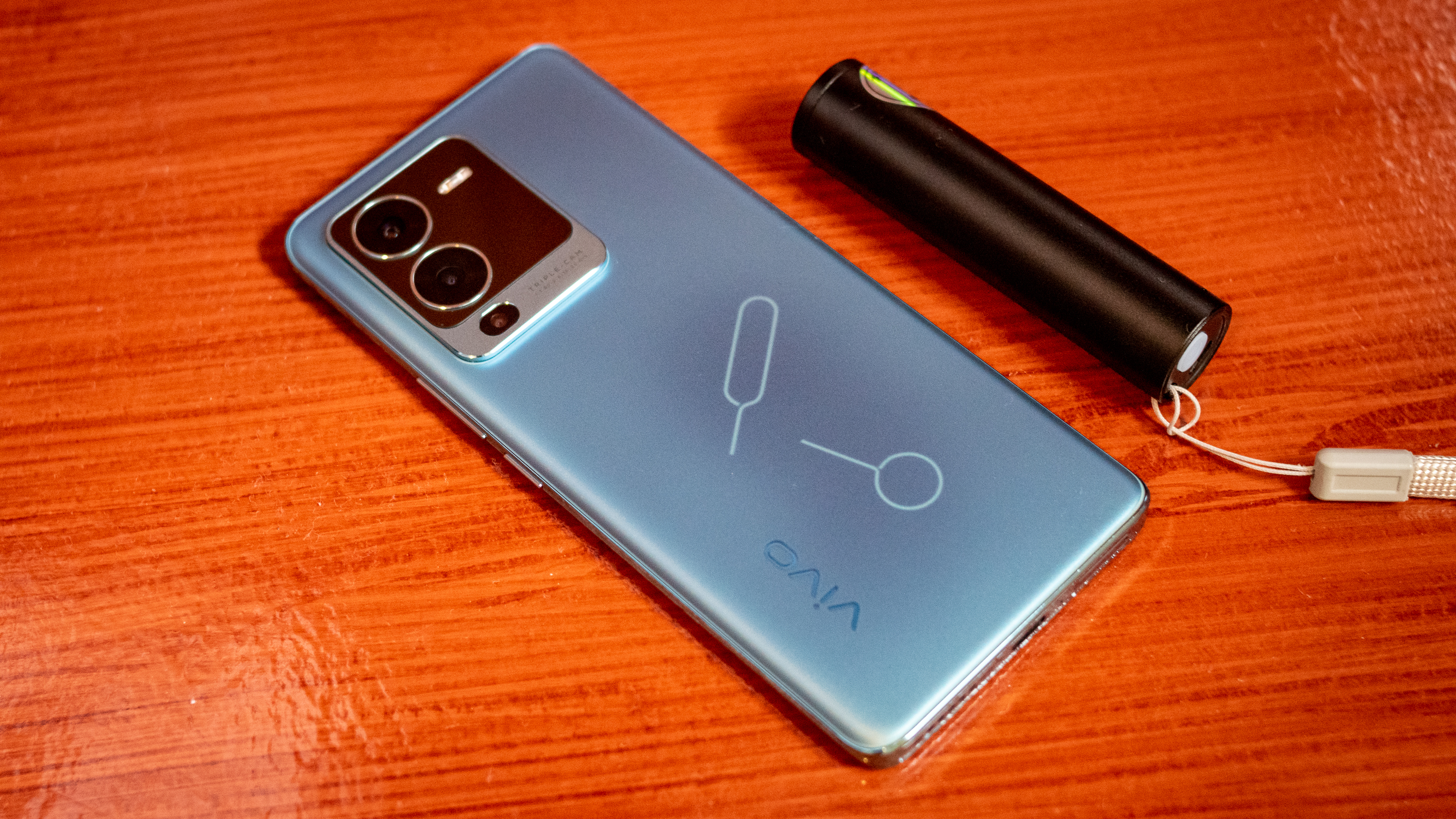
The camera module also appears to be more of an integral part of the overall design than an afterthought. The ultra-wide shooter can capture good images both in daylight and at night, though it produces cooler tones than the actual scene. While it isn't a powerful lens, it holds its own in the mid-range segment and is a welcome addition to the rear camera setup.
Meanwhile, the Vivo V25 Pro’s main camera stacks up against the competition. It performed better than its standard sibling, and it exceeded my expectations. While night and low-light conditions trip up most budget phones, Vivo has done an excellent job of bolstering the V25 Pro's low-light performance. Its dynamic range is versatile and the main sensor consistently succeeds in balancing image exposure. Its optical image stabilization also helps a lot in reducing handshake when taking photos.
Vivo V25 Pro camera samples









Having said that, I discovered a few flaws with the main camera. For one thing, it causes oversaturation, especially in high-contrast situations. It's most noticeable in reds and greens, and what appears to be a natural-looking object can appear oversaturated.
The display has a 120Hz refresh rate, which is slightly smoother than the V23 Pro's 90Hz. Nonetheless, the screen is the same 6.56-inch AMOLED as its predecessor, with a 1080 x 2376 resolution and HDR10+ support. For the price, the display has a wide dynamic range and plenty of sharp and vivid colors. At this price point, refresh rates are all over the place, so it's nice to see Vivo's budget line catching up.
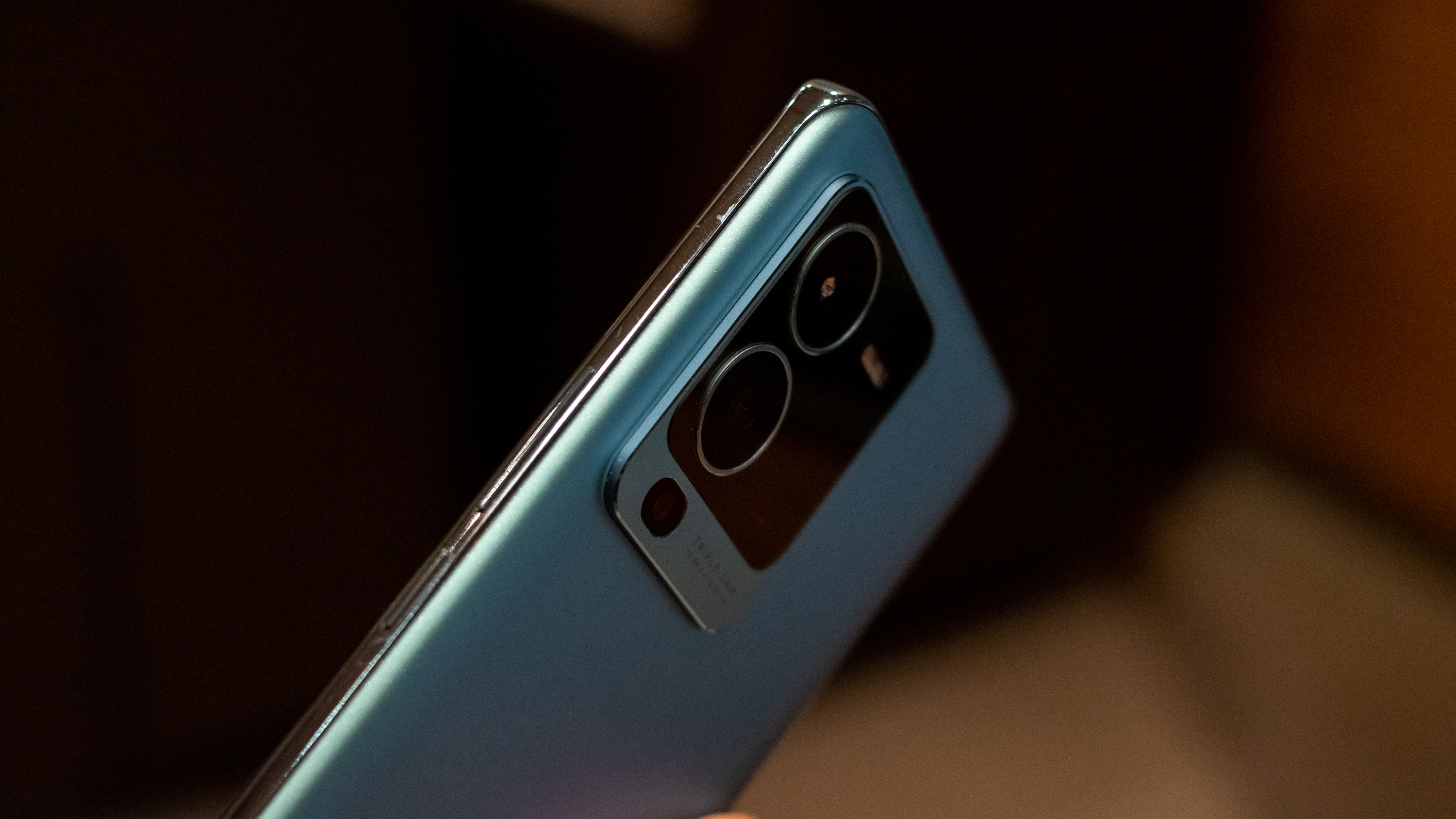
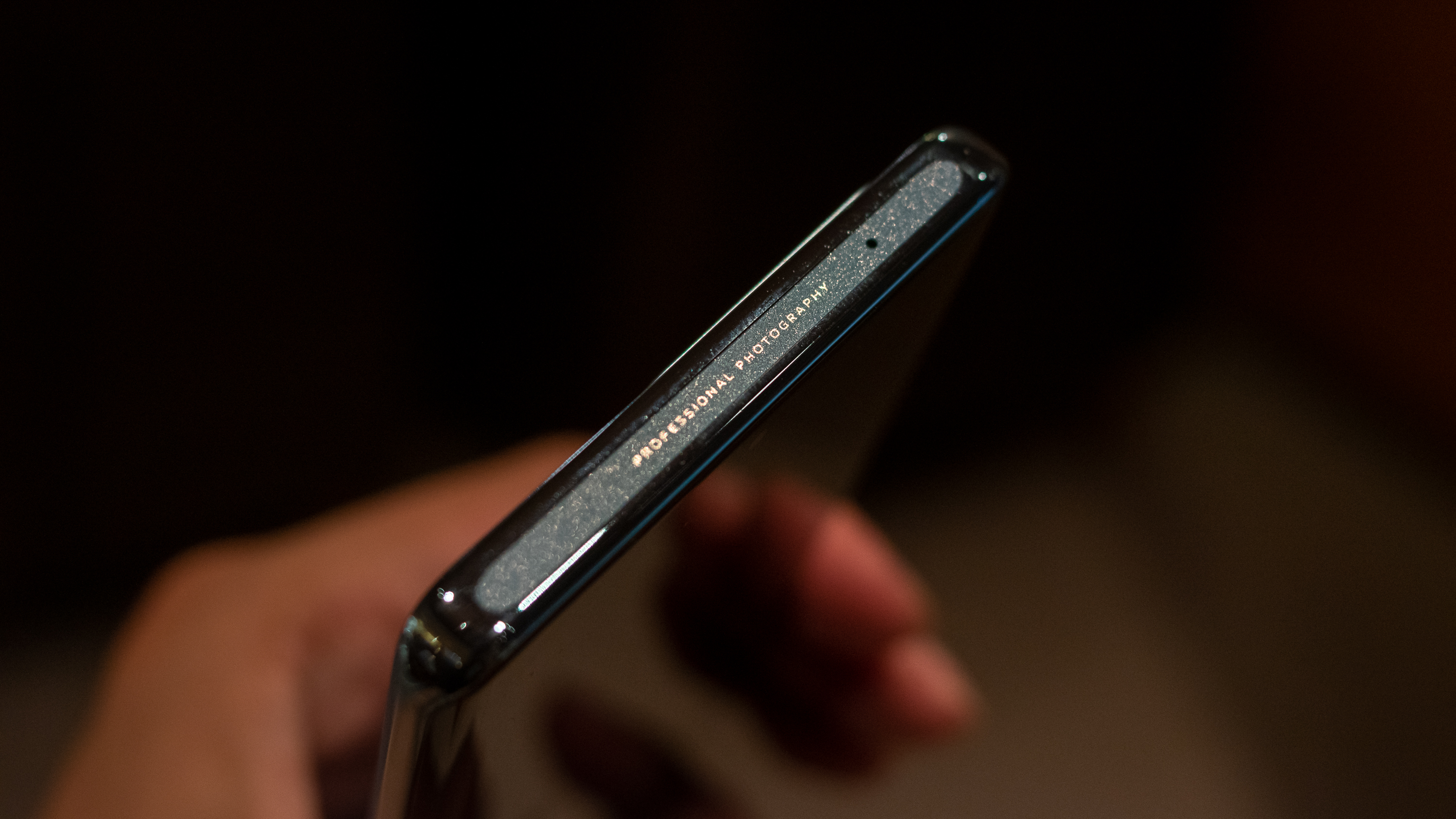
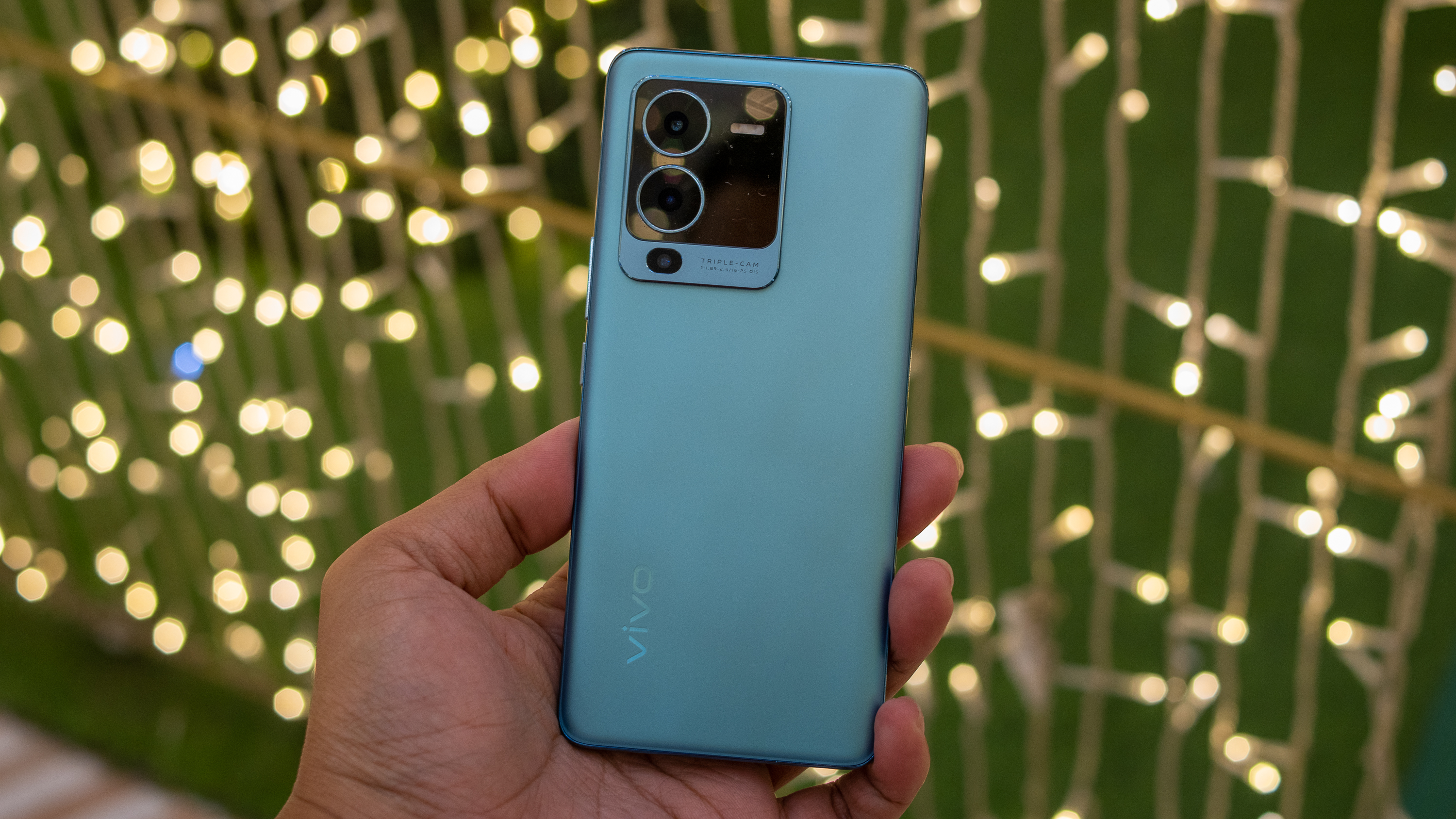
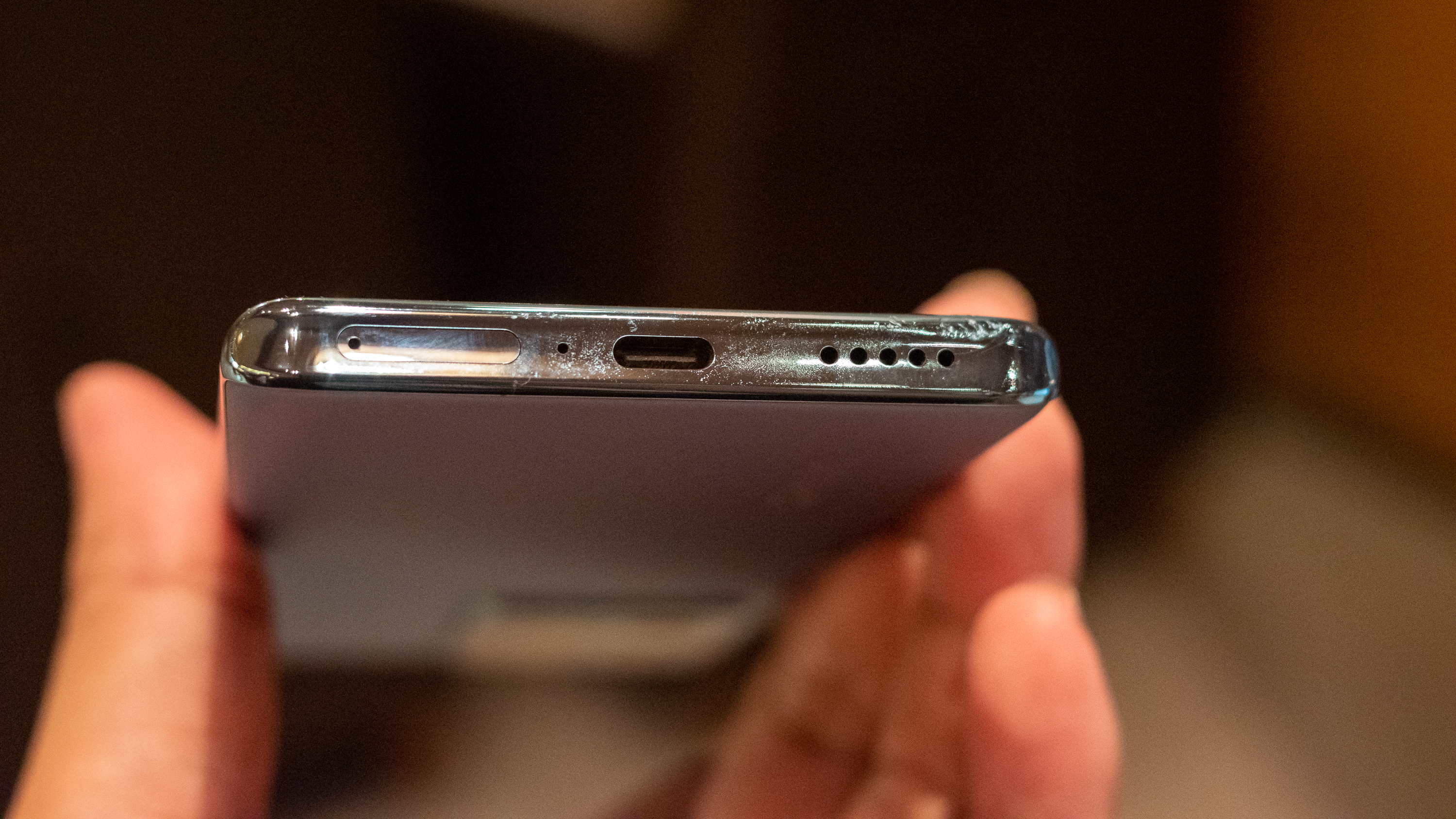
The performance of the Vivo V25 Pro is solid thanks to a 6nm-based MediaTek Dimensity 1300 processor under the hood, which is an upgrade over its predecessor's Dimensity 1200. This is perhaps one of the huge improvements I've seen in the phone, and it keeps it competitive.
While testing the phone, it behaved in a punchy manner, be it in battery saving or performance mode. The in-display fingerprint sensor is pretty snappy compared to the competition: small movements trigger the scanner to look for a fingerprint, making it a lot quicker to unlock the device.
Honestly speaking, I did not have high expectations of this mid-range model's performance the first time I got my hands on it, but it delivered an impressive experience across the board, even when playing heavy games like Genshin Impact or PUBG Mobile.
Aside from the processor, battery life is also way better than before. The Vivo V23 Pro had a 4,300mAh battery and the company bumped the V25 Pro’s capacity to 4,830mAh. It’s a minor increase, but I'm not complaining. The Vivo V25 Pro pushes from early morning to late at night, and I never worried about using the phone through a full day. Most of the time, it had plenty of fuel to spare, with around 20% remaining in the tank as night fell. This was following a full day of web browsing, social media scrolling, Netflix movies, and gaming.
Charging times have seen a huge improvement, too. Vivo bolstered the device's charging power from 44W on the V23 Pro to 66W on its successor. With the added battery capacity, it takes about 40% in 15 minutes and 71% in 30 minutes in line with what Vivo advertises. This is an impressive speed considering the phone's price and compared to the competition, it's a step up.
| Category | Vivo V25 Pro |
| Software | Funtouch OS 12 (Android 12) |
| Display | 6.56-inch AMOLED, 1080 x 2376 resolution, 120Hz, HDR10+, 1300 nits (peak) |
| Chipset | MediaTek Dimensity 1300 (6nm) |
| RAM | 12GB |
| Storage | 256GB |
| Rear Camera 1 | 64MP (wide), f/1.9 |
| Rear Camera 2 | 8MP (ultrawide), f/2.2 |
| Rear Camera 3 | 2MP (macro), f/2.4 |
| Front Camera | 32MP (wide), f/2.5 |
| Connectivity | Wi-Fi 802.11 a/b/g/n/ac/6, Bluetooth 5.2 |
| Battery | 4830mAh, 66W fast charging |
| Security | Optical under-display fingerprint sensor |
| Dimensions | 158.9 x 73.5 x 8.6mm |
| Weight | 190g |
| Colors | Pure Black, Sailing Blue |
Vivo V25 Pro: What I don't like
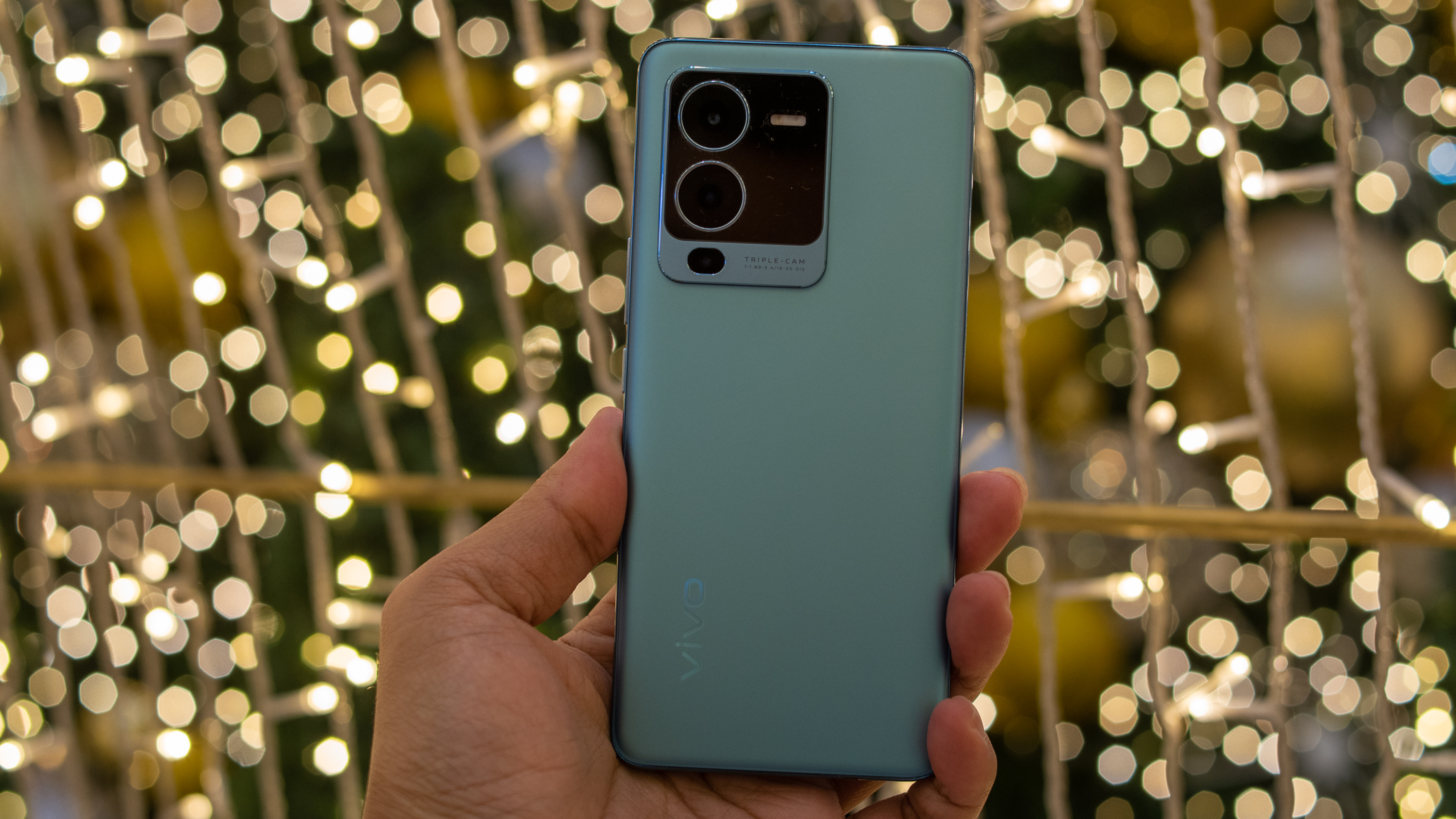
Like the Vivo V25, the Pro model doesn't have a long-term software update commitment from Vivo. While the company has rolled out Funtouch OS 13 based on Android 13 for the V25 series starting in mid-November, this does not apply to carrier-locked models. Furthermore, the company doesn't seem to have plans of pushing another major OS upgrade beyond Android 13, though I hope this will change in the future. On the other hand, a number of brands offer at least three years of software updates for their mid-range models, such as Samsung and Nothing.
The phone has other restrictions that may hold you back from buying it. For example, it does not have IP68 dust and water resistance. Samsung's Galaxy S21 FE, on the other hand, includes this rating. You may also find the lack of a headphone jack and expandable memory a bummer.
There’s sadly some bloatware to deal with. Vivo preinstalled a handful of unnecessary apps, only some of which can be removed.
Its suite of connectivity features isn’t much to write home about, but that’s to be expected at this price. It supports Wi-Fi 5 instead of upgrading to Wi-Fi 6/6E. This older connectivity feature means the phone will be outdated sooner as standards advance, but considering the software support, I don't expect to hold onto it for long.
The Vivo V25 Pro generally delivers stunning shots, but a long-range zoom would go a long way instead of a macro sensor.
I only wished Vivo had replaced the macro sensor with a telephoto lens. The macro camera is poor. You’re better off using the 2x digital zoom mode of the main camera.
Vivo also dropped the stereo speaker arrangement in favor of a mono speaker on the V25 Pro. While stereo speakers aren’t a given at this price point, the phone's lone speaker sounds middling compared to the competition.
If you're looking for a budget phone with wireless charging support, the Vivo V25 Pro isn't your thing. But I can't complain, seeing as this feature is uncommon for phones in this price range.
Vivo V25 Pro: Competition
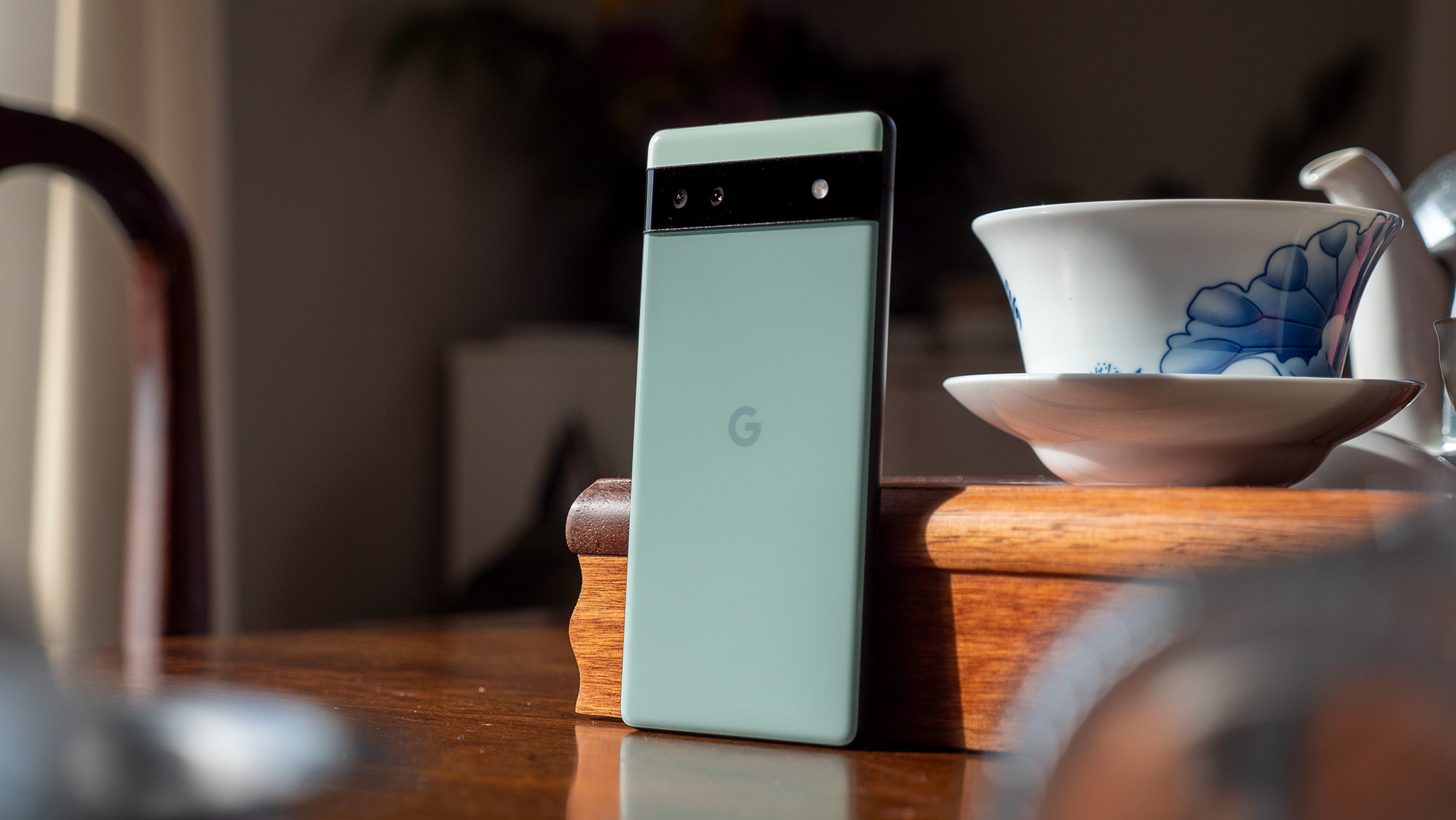
If you're looking for a low-cost phone in 2022, there are plenty of options available. My pick is the Google Pixel 6a, which is a solid offering powered by a beefy chipset from Google, as well as standout cameras, up to three software updates, and five years of support. The software has also been improved, and you now have IP67 dust/water resistance.
The Oppo Reno 8 is another great alternative. The phone has almost all of the hardware features you care about, including amazing cameras, a vivid AMOLED screen, 80W fast charging, and MediaTek's Dimensity 1300 SoC.
If you want a bloatware-free experience, the OnePlus Nord 2T is right up your alley. In terms of performance, the Nord 2T stacks up against the Vivo V25 Pro. In addition, it has a faster-charging speed at 80W. However, the Vivo mid-ranger obviously has better cameras than OnePlus' contender.
Vivo V25 Pro: Should you buy it?
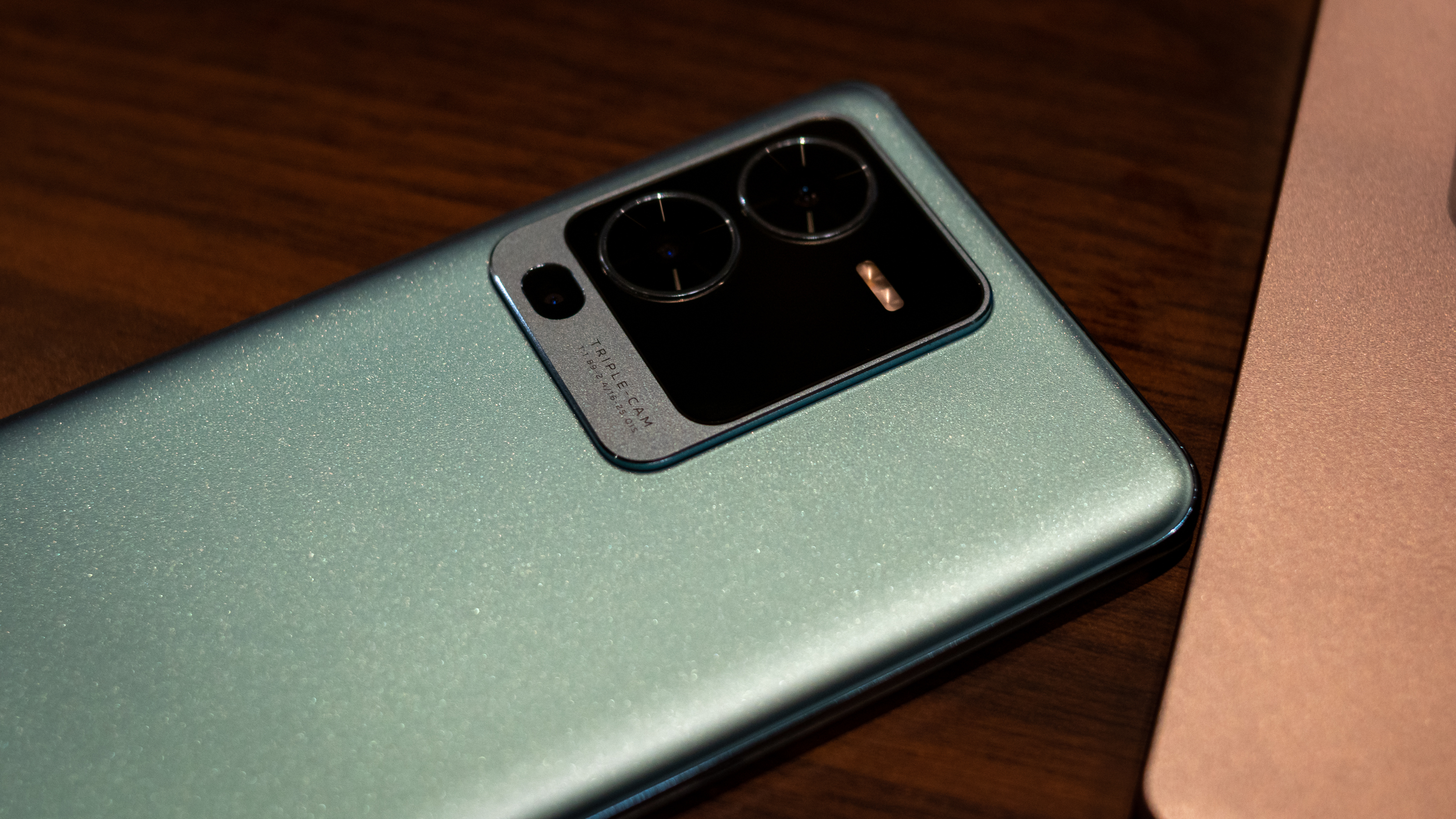
You should buy it if...
- You want amazing cameras that can stack up against the flagship models.
- You want a super smooth screen for gaming.
- Performance is your primary consideration when looking for a budget model.
- You want an all-day battery life.
You should not buy it if...
- You're looking for a phone with IP68 dust and water resistance
- Wireless charging matters a lot to you.
- You dislike plastic frames in a smartphone.
- You prefer a telephoto lens to a macro sensor.
The Vivo V25 Pro impressed me with the camera department thanks to its solid performance and stellar stabilization feature. But while it can be a camera phone enthusiast’s dream, the V25 Pro wasn’t perfect as an actual smartphone. It lacked wireless charging and an IP rating, though these aren’t complete deal-breakers for more affordable phones.
Vivo's latest mid-range model has some benefits and a few compromises. The phone's hardware has gained improvements thanks to the updated processor and the screen is solid for what you pay. Battery life is great, as is the charging speed. The V25 Pro lands behind the curve, however, when it comes to software updates. The macro sensor and subpar mono speaker are also disappointments in an increasingly competitive mid-range market.
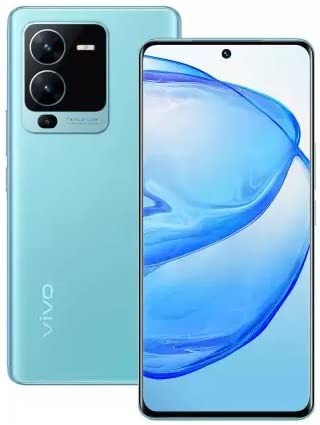
A solid mid-ranger
The Vivo V25 Pro is one of the best-looking mid-range smartphones from Vivo, with impressive hardware, a stunning 120Hz AMOLED display, and true all-day battery life, despite the fact that FunTouch OS 12 ruins the fun with bloatware.

Jay Bonggolto always keeps a nose for news. He has been writing about consumer tech and apps for as long as he can remember, and he has used a variety of Android phones since falling in love with Jelly Bean. Send him a direct message via Twitter or LinkedIn.

